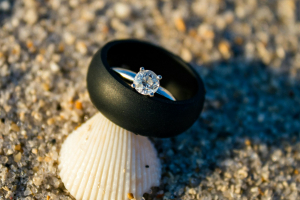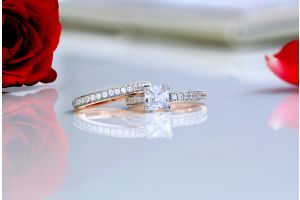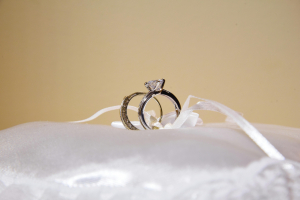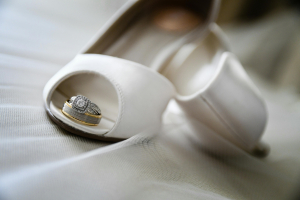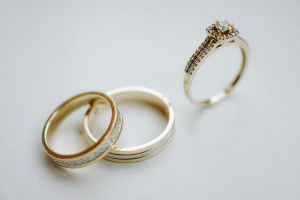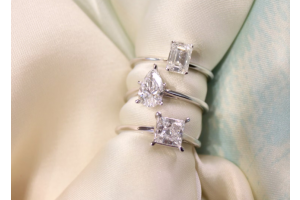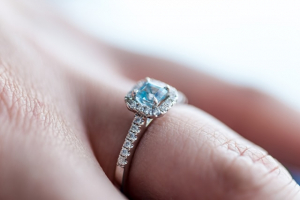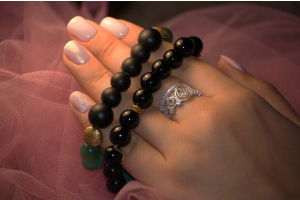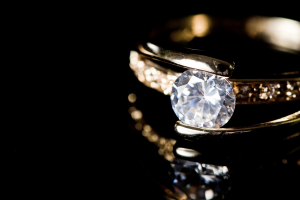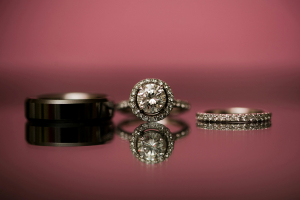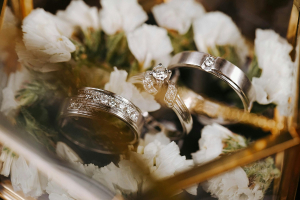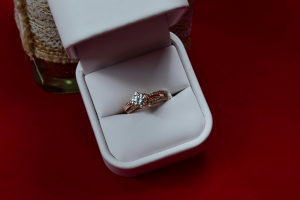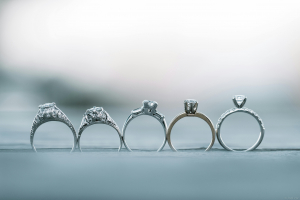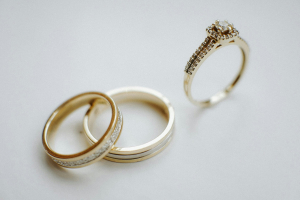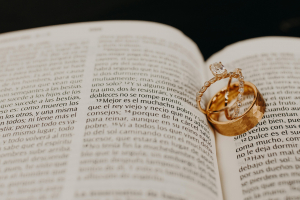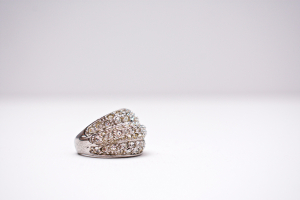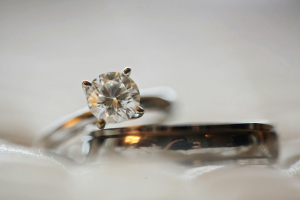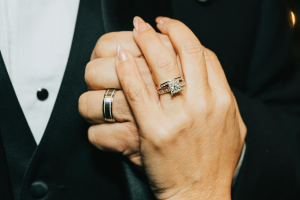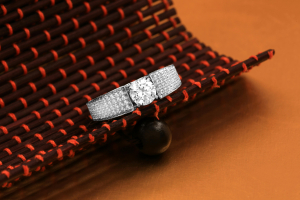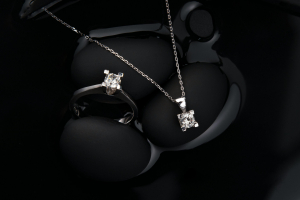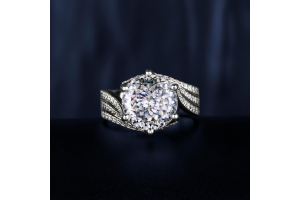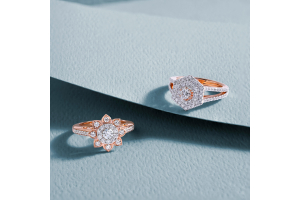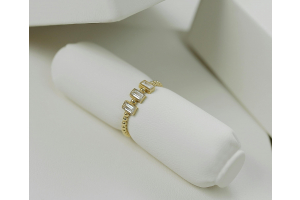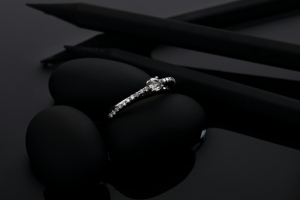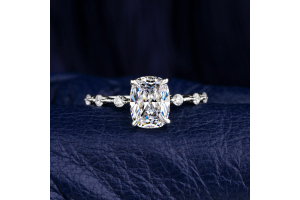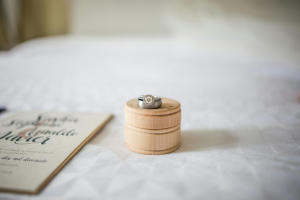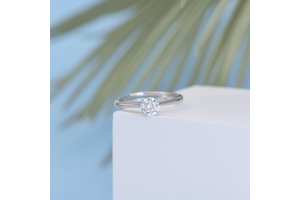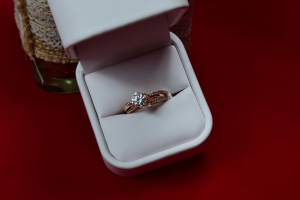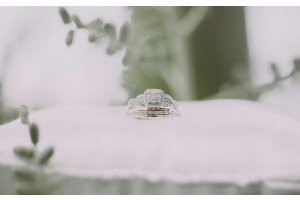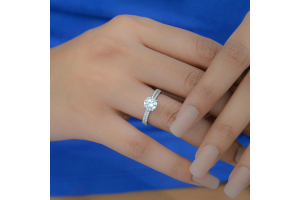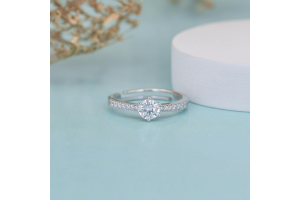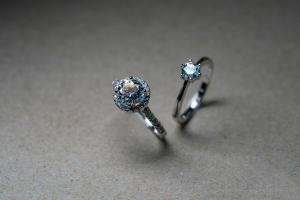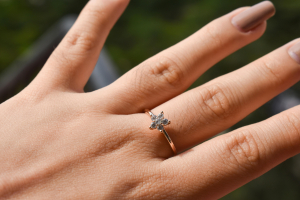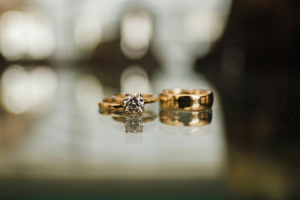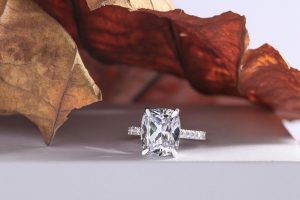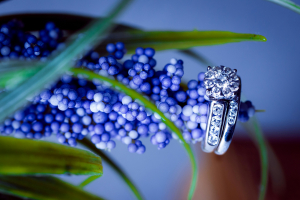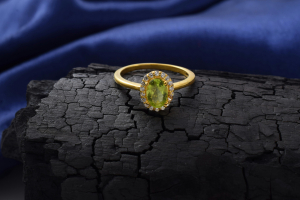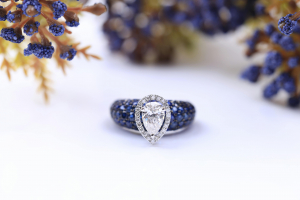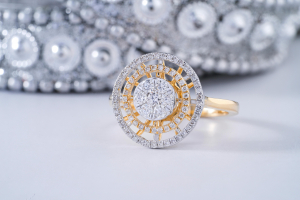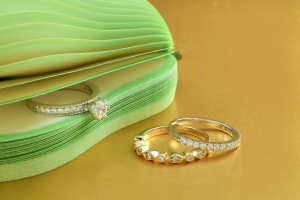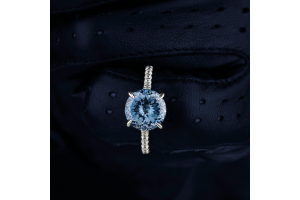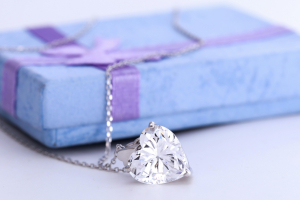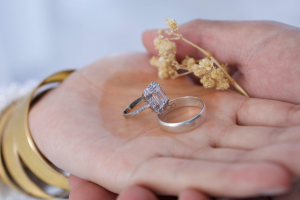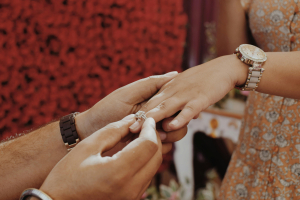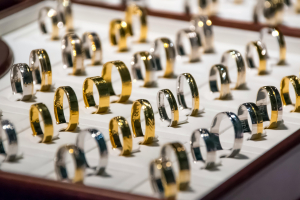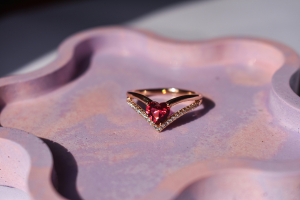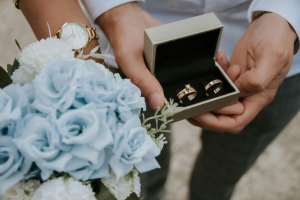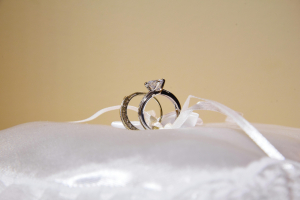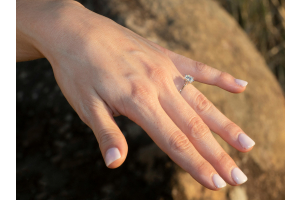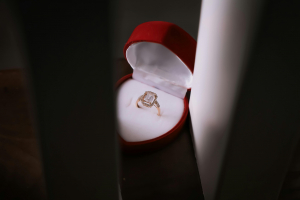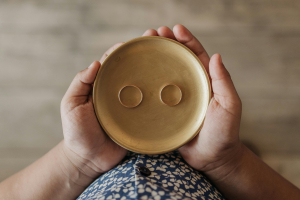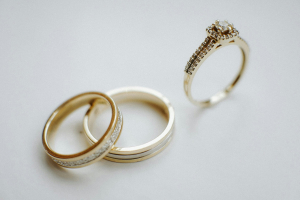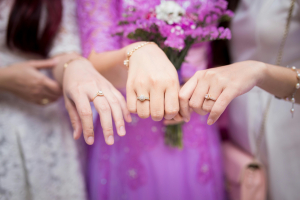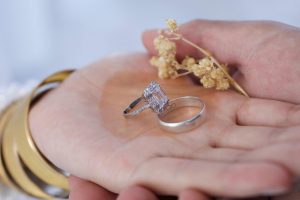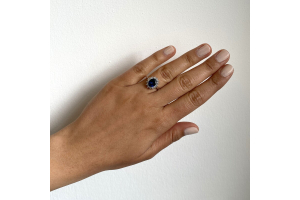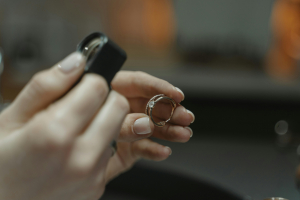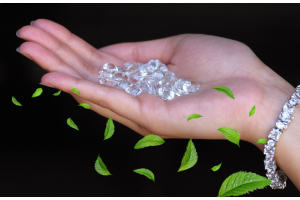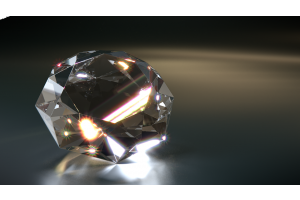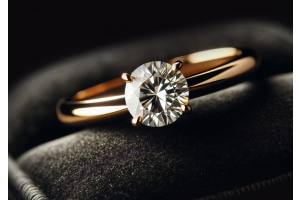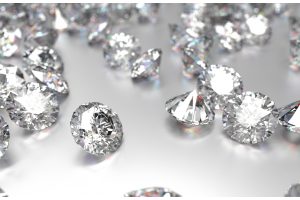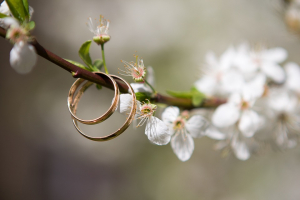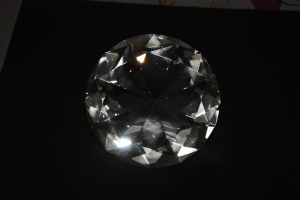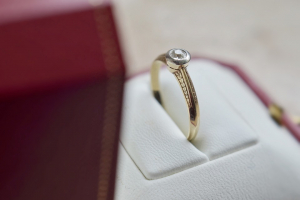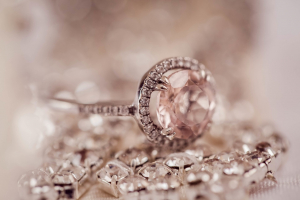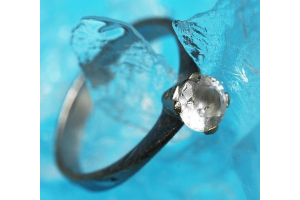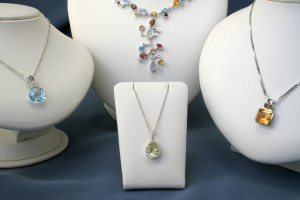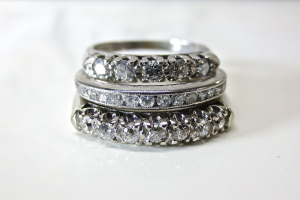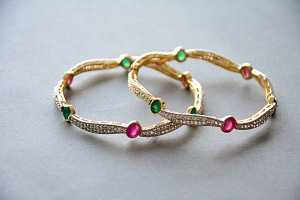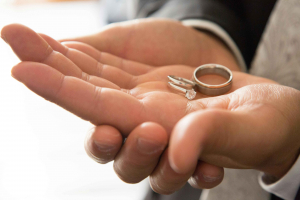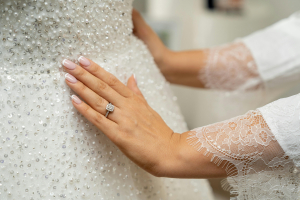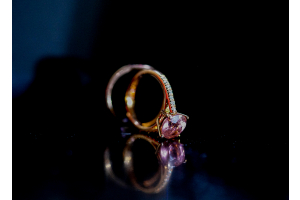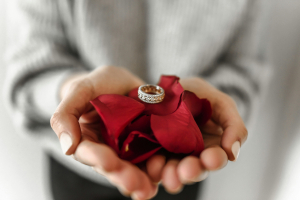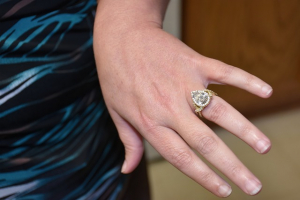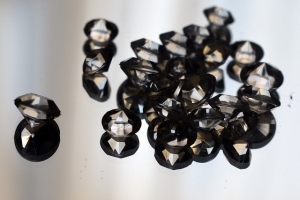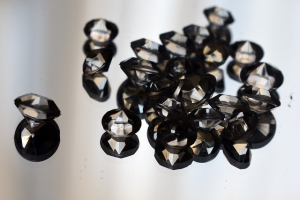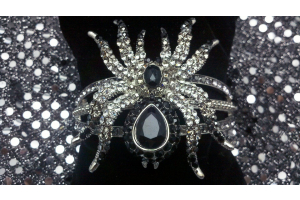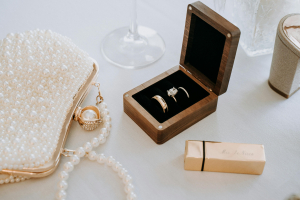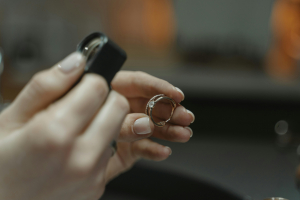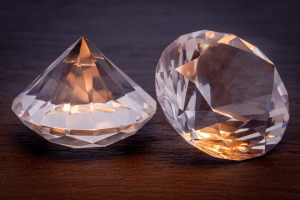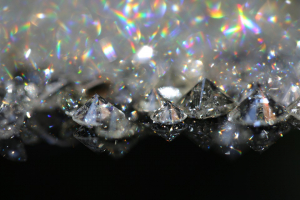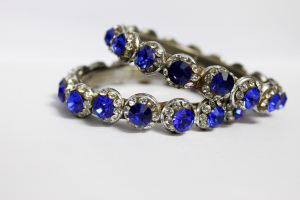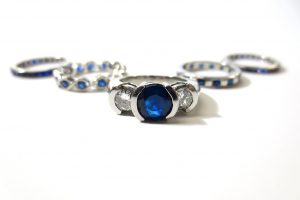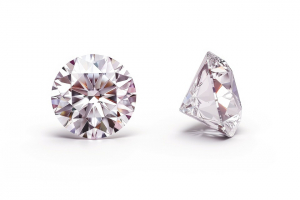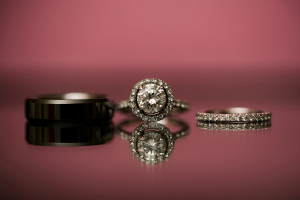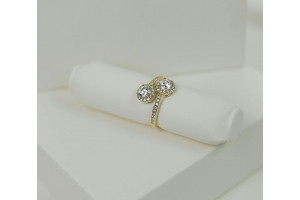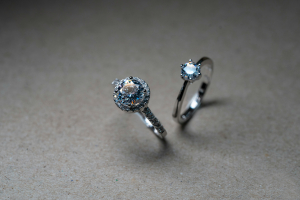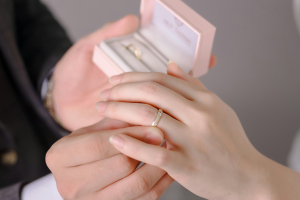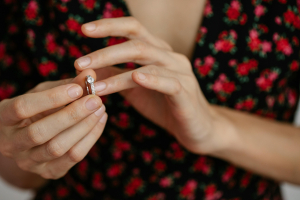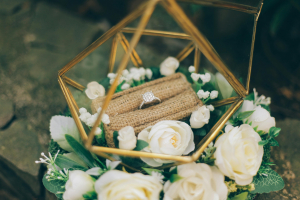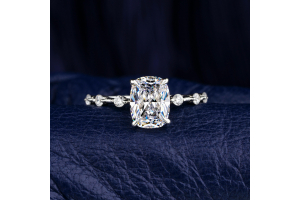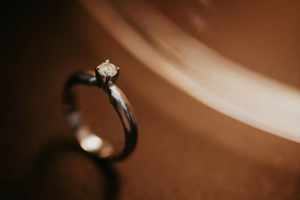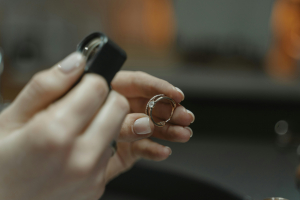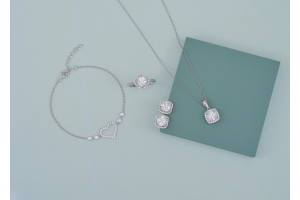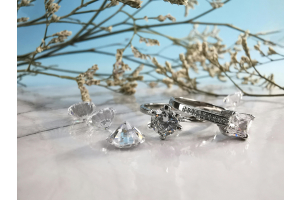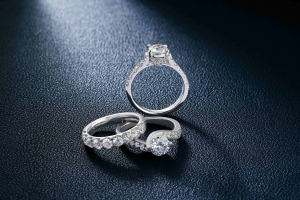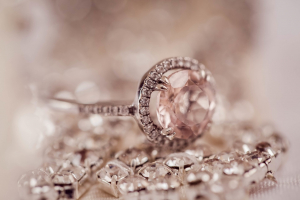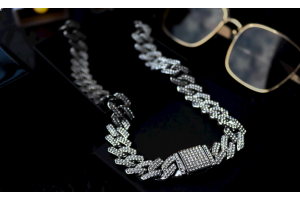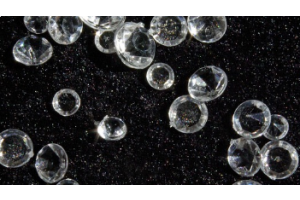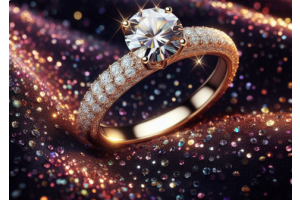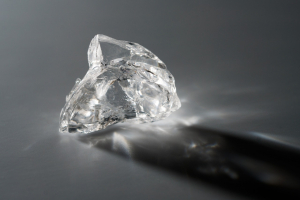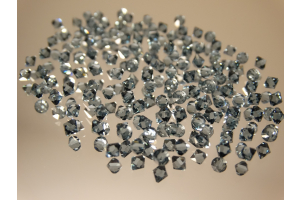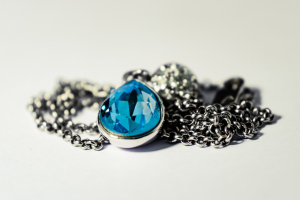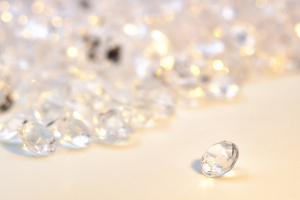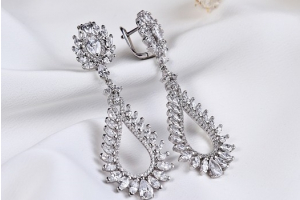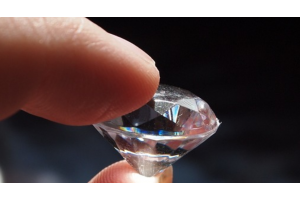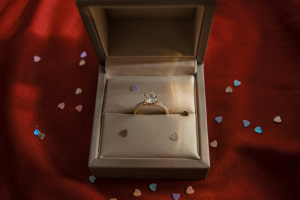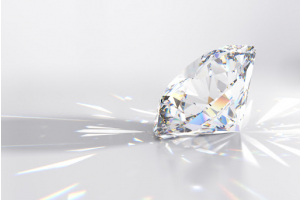GBP
/
GBP
/
Shipping to:
Currency:
×
Rêve Diamonds now in the US
- 745 5th Avenue
- Manhattan, 10151
- New York, NY
- 9800 Wilshire Blvd
- Beverly Hills, 90212
- Los Angeles, CA
- Wishlist
- Compare
- Contact Us
- 020 35852295
-
Sign In
Sign In
- Create an Account
×
Speak to an expert
Get in touch with us using one of the options below:
Looks like you’re in
Change currency?
X
- Engagement rings
-
Wedding Bands
- Jewellery
-
Gifts
-
GIFTS BY RECIPIENT
GIFTS BY OCCASION
GIFTS WITH MEANING
MORE GIFT IDEAS
-
-
Diamonds
-
Diamonds Search
natural diamonds
Diamonds Search
Express insuredFree worldwide Delivery 3 to 7 Days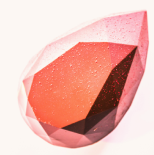
-
- Education
- Blog
- Home
- BLOG | Engagement Rings & Wedding Rings | Reve Diamonds
- Engagement Rings
- Diamond Engagement Rings vs. Lab-Grown Diamonds: Which Is Right for You?
Diamond Engagement Rings vs. Lab-Grown Diamonds: Which Is Right for You?
Diamond Engagement Rings vs. Lab-Grown Diamonds: Which Is Right for You?
By Author:
Alistair Knight
Choosing an engagement ring is a deeply personal decision, and for many couples, one of the most significant choices is between natural diamonds and lab-grown diamonds.
Each option has its own set of characteristics, benefits, and considerations.
If you're wondering which is right for you, keep reading as we dive into the world of diamonds to help you make an informed choice.
Understanding Natural Diamonds
Natural diamonds are the timeless classic of the jewellery world.
Formed over millions of years beneath the Earth's surface under immense pressure and heat, these gems have a rich history and are often seen as the epitome of romance and luxury.
The Value of Natural Diamonds
Natural diamonds are valued based on several factors: cut, colour, clarity, and carat weight.
These "Four Cs" are crucial in determining a diamond's worth.
Natural diamonds, due to their rarity, often come with a higher price tag.
Their uniqueness and historical significance contribute to their value and allure.
Story: The Traditional Charm of a Natural Diamond
Consider Sarah and John, who opted for a natural diamond for their engagement ring.
Sarah's family has a tradition of passing down diamonds through generations, and she wanted to honour that legacy.
For them, the natural diamond was not just a ring but a symbol of enduring love and family history.
You can explore a wide range of natural options on our engagement rings page.
Exploring Lab-Grown Diamonds
Lab-grown diamonds have been gaining traction as an ethical and affordable alternative to their natural counterparts.
Created in controlled environments using advanced technology, these diamonds possess the same physical and chemical properties as natural diamonds.
Benefits of Lab-Grown Diamonds
Lab-grown diamonds are often more affordable than natural diamonds, thanks to their more accessible production process.
They also offer a significant advantage in terms of ethical sourcing and environmental impact.
For those concerned about the ecological footprint of their purchase, lab-grown diamonds provide a compelling option.
Story: The Modern Appeal of Lab-Grown Diamonds
Take Emily and Mike, who chose a lab-grown diamond for their engagement ring.
Both environmentally conscious and budget-minded, they found that a lab-grown diamond aligned perfectly with their values and financial goals.
They appreciated the clarity of knowing their gem was produced with minimal environmental impact.
If you're interested in exploring lab-grown options, check out our lab-grown diamonds page.
Comparing Natural and Lab-Grown Diamonds
When deciding between natural and lab-grown diamonds, several factors come into play:
Price Comparison
Lab-grown diamonds typically cost 20-40% less than natural diamonds.
This price difference allows for a larger or higher quality stone within the same budget, making lab-grown diamonds a cost-effective option for many.
Quality and Durability
Both natural and lab-grown diamonds are equally durable and possess the same brilliance and fire.
The quality of both types is determined by the same grading standards, so you won't compromise on quality by choosing a lab-grown diamond.
Ethical and Environmental Considerations
Natural diamond mining can have significant environmental and ethical concerns, including habitat destruction and labour practices.
Lab-grown diamonds, on the other hand, are produced with minimal environmental impact and ethical concerns, making them a more sustainable choice.
Factors to Consider When Choosing
Personal Preferences and Style
Personal taste and style play a major role in the decision between natural and lab-grown diamonds.
Future Resale Value
While natural diamonds may retain more resale value over time, lab-grown diamonds might not offer the same long-term investment potential.
Story: Making the Choice That Feels Right
One couple, Rachel and James, decided based on a combination of personal style and long-term considerations. They weighed up the ethical aspects and future resale value but ultimately went with a natural diamond for its sentimental value and resale potential.
Conclusion
In conclusion, both natural and lab-grown diamonds have their own unique advantages. Natural diamonds carry a rich history and can be a worthwhile investment, while lab-grown diamonds offer a modern, ethical, and affordable alternative.
Consider your personal priorities, values, and budget when choosing the perfect engagement ring, and feel free to consult with a jeweller to explore all your options.
Blog
Filter by:
- Jewellery (19)
- Art Deco Jewellery (1)
- Bespoke Jewellery (20)
- Christmas (4)
- Diamond Jewellery (30)
- Diamond Ring (26)
- Diamond Wedding Rings (2)
- Diamonds (27)
- Engagement Rings (196)
- Eternity Rings (2)
- Famous Diamonds (0)
- fancy coloured diamonds (3)
- Jewellery Insurance (1)
- Lab Grown Diamonds (105)
- Manmade Diamonds (3)
- Precious metals (5)
- Proposals (10)
- Royal Wedding (2)
- Tennis Bracelets (2)
- Valentines Day (2)
- Wedding Bands (3)
- Wedding Rings (2)
- Weddings (1)
- Birthstones (3)
- Aftercare (2)
- Diamond Earring (1)
Recent Posts
Is It Cheaper to Shop for Rings in Hatton Garden Than Online? A Comprehensive Comparison
October 24, 2024
What’s the Best Diamond Shape for a Halo Setting? – Your Guide to Finding the Perfect Fit
October 22, 2024
What Style of Ring is Ideal for an Engagement? A Guide to Choosing the Perfect Engagement Ring
October 21, 2024
Which Diamond Shape Gives the Illusion of Being Largest? Discover the Best Cuts for Maximum Visual Impact
October 18, 2024
Do Oval Diamonds Appear Bigger Than Round Ones? Exploring Size Perception and Shape Differences
October 18, 2024
Which Ring Setting Maximises Diamond Size Appearance? Top Choices to Make Your Diamond Look Bigger
October 18, 2024
Which Diamond Shape Tends to Look the Smallest? Understanding How Shape Affects Size Appearance
October 18, 2024
Which Diamond Shape Has the Most Brilliance and Sparkle? A Guide to Dazzling Diamonds
October 18, 2024
How to Buy an Engagement Ring Without Knowing the Size | Expert Tips for a Perfect Fit
October 17, 2024
How to Buy Engagement Rings on Sale: The Ultimate Guide to Finding the Perfect Deal
October 17, 2024
Choosing Lab Grown Diamonds for Your Next Jewellery Purchase: A Smart, Ethical Choice
October 10, 2024
Lab Grown Diamonds: Transforming the Jewellery Industry with Ethical and Affordable Brilliance
October 08, 2024
Lab Grown vs Natural Diamonds: Comparing Features, Benefits, and Ethical Considerations
October 08, 2024
Choosing Lab-Grown Diamonds for Your Wedding Jewellery: The Ethical and Beautiful Option
October 08, 2024
How Lab-Grown Diamonds Are Shifting Consumer Preferences: The Future of Ethical Jewellery
October 08, 2024
Ethical and Environmental Benefits of Lab-Grown Diamonds: A Sustainable Choice for Jewellery
October 08, 2024
Are Lab-Grown Diamonds the Future of Bridal Jewellery? Discover Their Rising Popularity
October 04, 2024
How to Care for Your Lab-Grown Diamond Jewellery – Keep It Sparkling with These Expert Tips
October 04, 2024
Lab Grown Diamond Solitaire Rings: Timeless and Ethical | Discover Sustainable Elegance
September 26, 2024
Lab Grown Diamond Engagement Rings: The Best Options for Ethical & Stunning Jewellery
September 24, 2024
The Best Diamond Engagement Rings for Matching Stacks | A Guide to Pairing Perfection
September 20, 2024
Why Minimalist Diamond Engagement Rings Are on the Rise: Timeless Elegance with a Modern Twist
September 19, 2024
Comparing Cushion vs. Princess Cut Diamond Engagement Rings: Find the Perfect Shape for Your Style
September 19, 2024
The Symbolism Behind Different Diamond Shapes in Engagement Rings: What Each Shape Means
September 18, 2024
How to Choose the Right Metal for Your Diamond Engagement Ring: A Comprehensive Guide
September 17, 2024
Customizing Your Diamond Engagement Ring: Tips and Tricks for a One-of-a-Kind Design
September 16, 2024
The Most Popular Diamond Shapes for Engagement Rings | A Guide to Choosing the Perfect Shape
September 16, 2024
Diamond Engagement Rings for Non-Traditional Couples: Unique Styles for Every Love Story
September 16, 2024
Diamond Engagement Rings for Men: The Ultimate Guide to Choosing the Perfect Ring
September 13, 2024
Caring for Your Diamond Engagement Ring: Essential Tips and Tricks for Long-Lasting Sparkle
September 12, 2024
FL (Flawless) vs. IF (Internally Flawless) Clarity Diamonds - Understanding the Differences and Making the Right Choice
September 26, 2023






